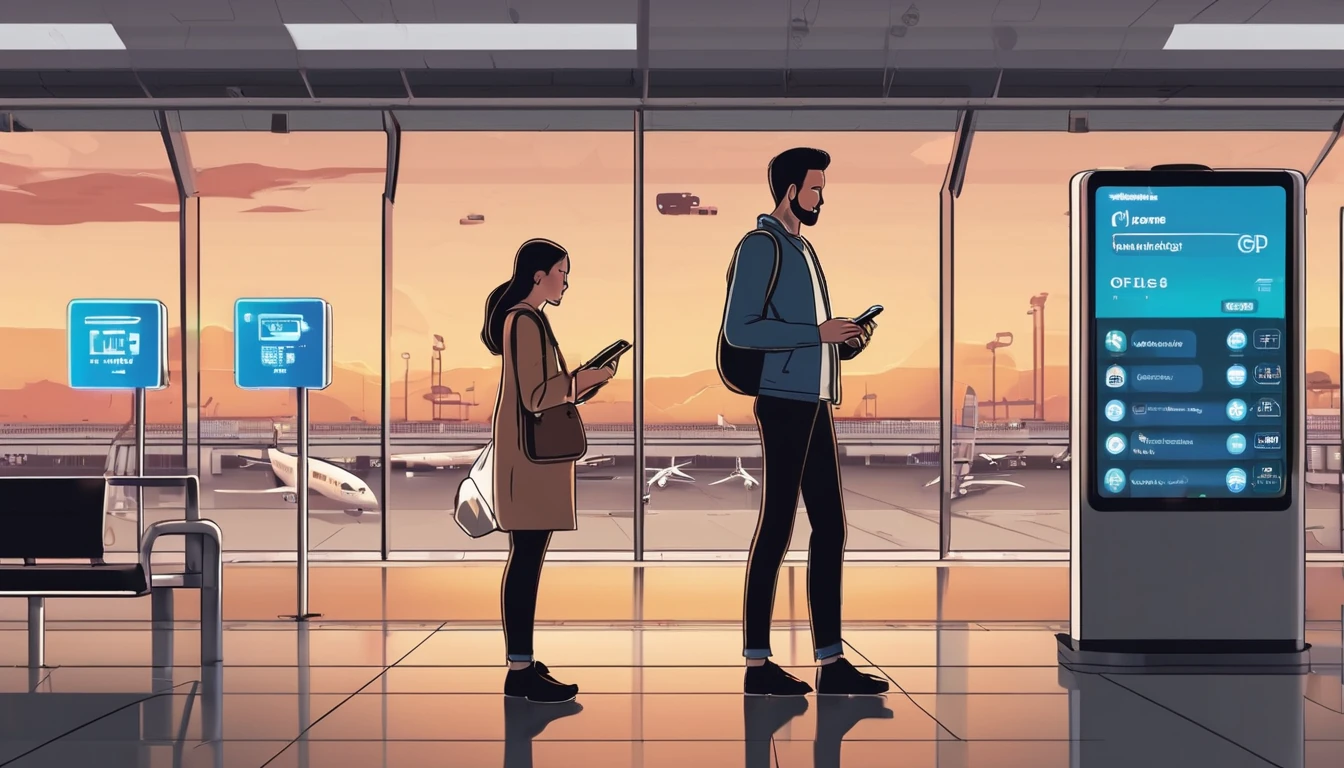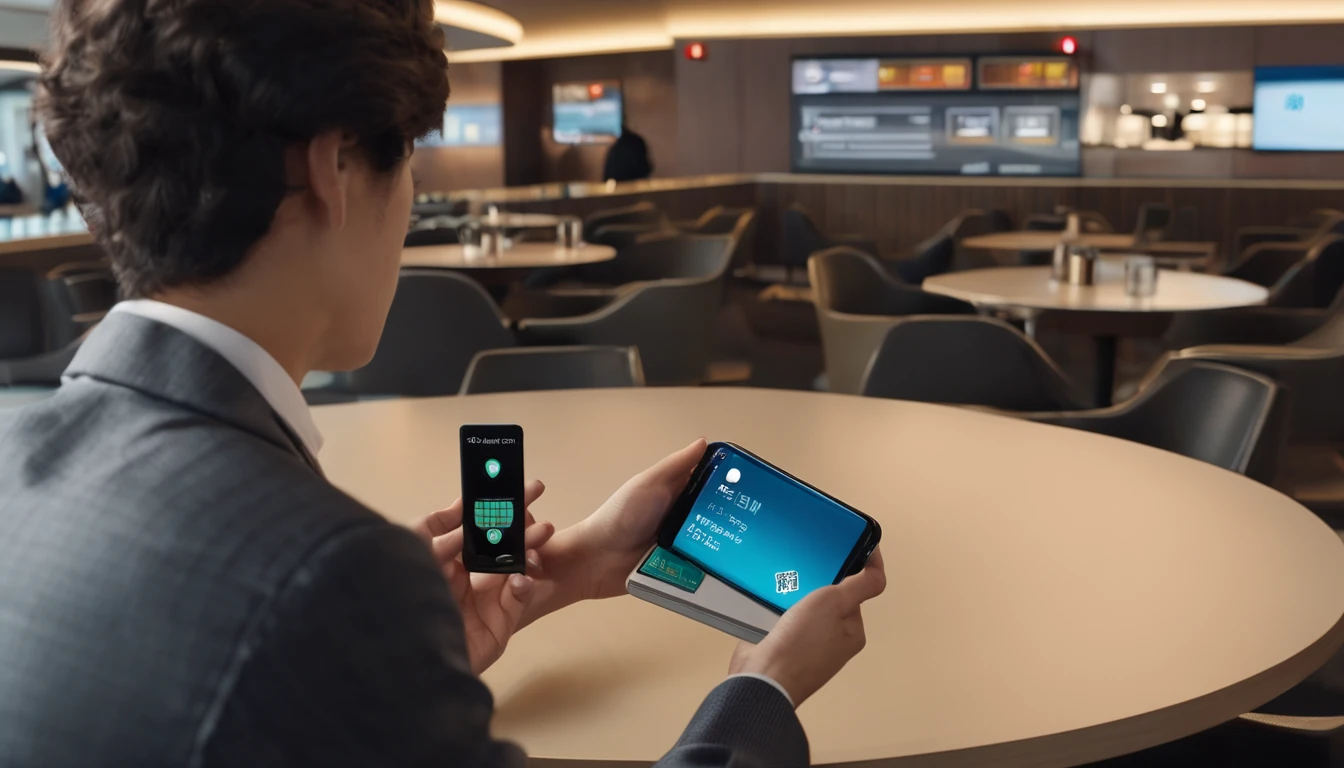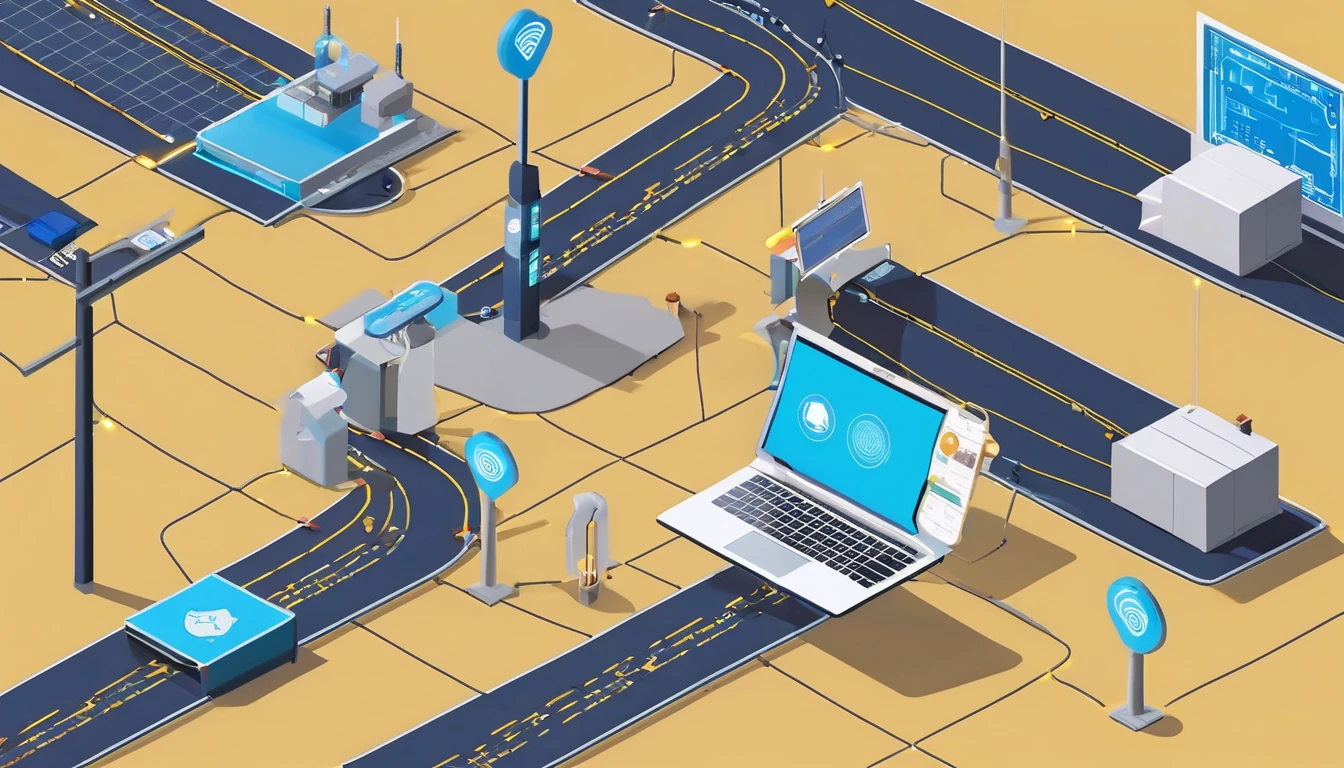Staying reachable without burning money on roaming is the modern traveller’s headache. Dual SIM with eSIM solves it: keep your main number active for calls and OTPs, and add a low-cost local or regional data plan on the same phone. No SIM swapping. No missed texts from your bank. In this guide, we explain how dual SIM with eSIM works, how calls/SMS/data behave, and how to set it up on iPhone and Android. We also cover common use cases like work/personal separation and travel/local pairing, plus how WhatsApp and other apps handle two numbers. If you’re planning a trip, browse country and regional options via Destinations or pick ready-made bundles such as Esim Western Europe or Esim North America. For the US or single-country trips, see Esim United States, Esim France, Esim Italy and Esim Spain.
What is dual SIM with eSIM?
Dual SIM means your phone can maintain two mobile lines at once. One or both can be eSIMs (digital SIM profiles). Typical setups: - Physical SIM + eSIM active together. - Two eSIMs active (on many newer devices). - Multiple eSIM profiles stored, with up to two active at a time (device-dependent).
On dual SIM dual standby (DSDS) phones, both lines are “on” for calls and texts when idle. You set a default line for data, calls and messages, and you can switch defaults at any time.
Device support varies. Recent iPhones and most mid/high-end Android phones support dual SIM with eSIM, but some models allow only one eSIM active at a time or restrict 5G/VoLTE on the secondary line. Check your device’s specs before you travel.
Why use dual SIM eSIM? Practical use cases
Work and personal separation
- Keep your personal number private while making and receiving work calls on a second line.
- Set the default for outgoing calls to your work line during office hours and flip it back to personal later.
- Mute one line at set times to reduce interruptions without missing urgent personal calls.
Travel: keep your home number for OTPs, add local data
- Keep your home SIM active for banking OTPs, two-factor codes and critical calls.
- Add a local or regional eSIM for affordable 4G/5G data and local rates.
- Disable data roaming on your home line to avoid bill shock; use the travel eSIM for all data.
- Pick country plans like Esim United States, Esim France, Esim Italy or Esim Spain, or choose a multi-country pass such as Esim Western Europe or Esim North America. Explore more via Destinations.
Coverage and cost optimisation
- Use the line with stronger coverage for data in fringe areas.
- Keep a cheap voice/SMS plan on one line and a high-data plan on the other.
- Switch defaults on the fly when you cross borders or move between networks.
Teams, events and short-term projects
- Provision temporary eSIM lines for contractors, events or field staff without shipping plastic SIMs.
- Centrally manage usage and budgets; see For Business.
- Partners and resellers can streamline deployments via the Partner Hub.
How calls, SMS, data, OTPs and apps behave
Understanding how two lines interact avoids surprises.
- Calls in standby: Both lines can receive calls when idle. When you place or receive a call on one line, the other may go to voicemail or show as unreachable unless your device/network supports features like call waiting across lines or Wi‑Fi Calling. Behaviour varies by carrier and phone.
- Default for voice/SMS: You choose a default line for outgoing calls and texts, but you can select the other line per contact or per call.
- Mobile data: Only one line provides mobile data at a time. You set this in settings. Some phones support “allow mobile data switching”, automatically using the other line if the selected data line has weak signal.
- SMS-based OTPs: OTP texts arrive on the line tied to that number as long as that line is enabled and has signal. Data does not need to be enabled on that line. If you’re abroad, receiving OTPs may incur roaming SMS charges on your home line—turn off data roaming but keep SMS/calls enabled to control costs.
- iMessage/FaceTime (iPhone): You can enable iMessage/FaceTime for one or both numbers and choose which to use by default.
- WhatsApp and similar apps:
- The standard WhatsApp app supports one number per device. Data can come from either line.
- To run two WhatsApp accounts on one phone, use WhatsApp + WhatsApp Business (iOS/Android) or OEM dual-app features (on some Android devices).
- Your WhatsApp number does not change just because your data comes from your travel eSIM.
Set-up: dual SIM with eSIM
iPhone step-by-step
- Obtain your eSIM details: QR code or activation code from your provider.
- On iPhone, go to Settings > Mobile Data > Add eSIM (or “Add Data Plan”).
- Scan the QR code or enter details. Wait for activation.
- Label your lines (e.g., “Personal” and “Travel”). Clear labels prevent mistakes.
- Choose defaults: - Default Line for Calls and SMS. - iMessage & FaceTime line. - Mobile Data line (set to your travel/local eSIM when abroad).
- Toggle “Data Roaming”: - Turn off for your home line while travelling. - Turn on for your travel eSIM, if required.
- Optional: Enable “Allow Mobile Data Switching” if you want automatic fallback.
- Test: Place a call from each line, send yourself an SMS from another phone, and load a webpage to confirm the data line.
Pro tips for iPhone: - You can store multiple eSIMs and swap which are active. Many newer iPhones support two active eSIMs. - Backups don’t include eSIMs. Keep your activation details safe; some carriers limit re-downloads. - For Wi‑Fi Calling, enable it separately per line (Settings > Phone > Wi‑Fi Calling).
Android step-by-step (Pixel/Samsung and similar)
- Get your eSIM QR/activation details from your provider.
- Open Settings > Network & Internet (or Connections) > SIMs > Add eSIM.
- Scan the QR code or enter details. Wait for activation.
- Name each SIM (e.g., “Work” and “Data”).
- Set preferences: - Preferred SIM for Calls. - Preferred SIM for SMS. - Preferred SIM for Mobile Data (set to the travel/local eSIM).
- Roaming: - Disable data roaming on your home line. - Enable on your travel eSIM if needed.
- Optional: Enable “Switch data automatically” or similar to allow fallback.
- Test calls, SMS, and data on both lines.
Pro tips for Android: - Some phones let you duplicate apps (Dual Messenger/App Twin) to run two WhatsApp accounts. Alternatively, use WhatsApp + WhatsApp Business. - Not all Android models support two eSIMs active simultaneously. If yours doesn’t, use one physical SIM + one eSIM, or swap active eSIM profiles as needed. - VoLTE/5G availability can differ per SIM slot/line; check your device and carriers.
Travel checklist: avoid bill shock and stay reachable
Before you fly: - Install and activate your travel eSIM over Wi‑Fi at home. - Label lines clearly and set the travel eSIM as the Mobile Data line. - Turn off Data Roaming on your home line; leave Calls and SMS on if you need OTPs. - Enable Wi‑Fi Calling for your home line if supported, to improve reachability without roaming data. - Check voicemail and call forwarding settings for both lines. - Tell your bank you’re travelling; ensure OTPs can arrive via SMS or app. - Save carrier support contacts and your eSIM activation details offline.
On arrival: - Confirm the travel eSIM connects and data works. - Place a brief test call from each line and send a test SMS. - Keep an eye on status bar icons to ensure you’re not accidentally using data on the home line.
Pro tips and common gotchas
- Keep eSIM credentials safe: Many providers allow limited re-installs. Don’t delete an active eSIM while abroad unless you’re certain you can re-download it.
- One data line at a time: Even with two active lines, only one provides mobile data. Choose carefully for maps, ride-hailing and tethering.
- Call collisions: During a call on one line, the other may be unreachable on some networks. If that’s critical, enable Wi‑Fi Calling and test how your phone behaves.
- Battery impact: Two active lines can use more battery. Mitigate by disabling 5G on the non-data line, reducing background activity, and using Wi‑Fi where possible.
- Apps tied to a number: Services like WhatsApp, Signal and Telegram can be re-registered to another number, but you may lose message history or access. Decide which number you want long-term before switching.
- Region-savvy plans: Multi-country eSIMs like Esim Western Europe simplify border crossings; US/Canada/Mexico travellers can look at Esim North America. Compare options by country on Destinations.
Regional picks for travellers
- City breaks or rail trips across multiple EU countries: Choose Esim Western Europe to avoid juggling separate plans.
- US road trip or conferences: Use Esim United States for nationwide coverage; combine with your home line for OTPs.
- Canada/US/Mexico multi-stop: Try Esim North America for cross-border continuity.
- Single-country travel: See Esim France, Esim Italy and Esim Spain for local choices, or browse the full list via Destinations.
- Business travel at scale: Central provisioning, spend control and support via For Business; partners can onboard faster with the Partner Hub.
FAQs
- Can I use both numbers at the same time?
- Yes, both lines are on standby for calls and texts. Only one line provides mobile data at a time. If you’re on a call on one line, the other may be temporarily unreachable depending on device/network features.
- Will OTP texts arrive while my data is on the other eSIM?
- Yes. OTPs arrive on the line associated with that number as long as that line is enabled and has signal. Data does not need to be on for SMS. Roaming SMS fees may apply if you’re abroad on your home line.
- Can I use WhatsApp with two numbers on one phone?
- The standard app supports one number. To run two accounts, use WhatsApp + WhatsApp Business (works on iOS and Android) or an OEM dual-app feature on some Android phones. Your data can come from either line regardless of the WhatsApp number.
- How do I avoid roaming charges on my home SIM?
- Turn off Data Roaming for the home line. Keep Calls and SMS on if you need to receive OTPs or critical calls. Set your travel eSIM as the Mobile Data line. Consider Wi‑Fi Calling to improve reachability without data roaming.
- Does dual SIM affect battery life?
- Slightly, because the phone maintains two network registrations. Reduce impact by disabling 5G on the non-data line, using Wi‑Fi, and turning off the secondary line when not needed.
- What if my phone supports only one eSIM active at a time?
- Use one physical SIM plus one eSIM, or store multiple eSIM profiles and switch which is active as required. Check your device manual for limits on active lines and 5G support.
Next step: Plan your trip and pick the right travel eSIM by browsing Destinations.




